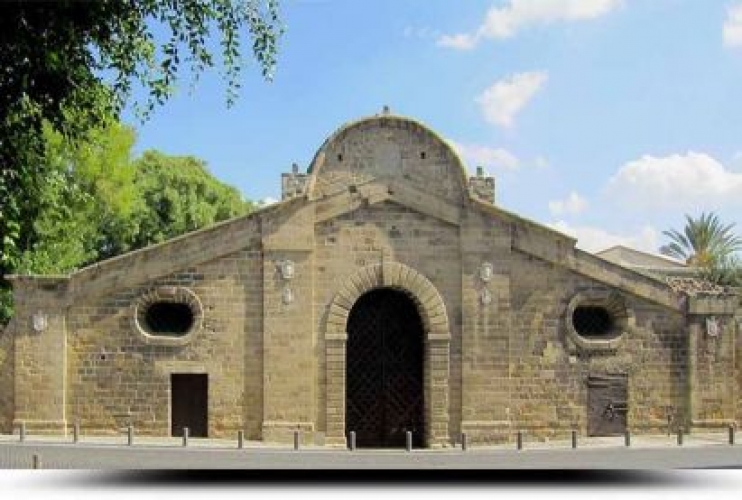Famagusta Gate
The most important of the gates of Venetian Nicosia
Venetian walls encircle the old city having a circumference of 4,5 km and possesses eleven heart-shaped bastions. There are only three gates in the North, South and East. Famagusta gate is one of them. The gate was built in 1567 by Venetians, as a part of the new city walls and was originally called the Porta Giuliani after its designer Giulio Savorgnano who designed the Venetian walls. It was restored by the Ottomans in 1821 and a lookout was added to the gate for a probable Greek revolt. During the early Ottoman period, only Ottomans were allowed to pass through the gate on horseback, while Christians and foreigners were obliged to walk. The gate was locked at sunset and reopened at sunrise and remained closed on Fridays, the Muslim holy day, to allow the guards time to pray. During British Colonial times the spacious rooms of the gate served as a warehouse for fuel and other materials. Even though a gradual process of preservation was carried out from 1934 to 1981, humidity problems prevailed, and the Gate fell into disuse.
In 1980, the Nicosia Municipality decided to restore the gate and re-use it as a cultural centre. The entrance floor was covered with a cement bed and the area in front of the gate was covered with cobblestones. The internal walls and the roof were cleaned and then insulated. Air conditioning and ventilation systems were installed under floor. The rooms were provided with general lighting and special lighting for the exhibits. The passageway and two side rooms can operate as a whole, or as three individual areas. Restoration was completed in 1981, and since then the Vaulted passage and two side rooms are used for exhibitions, conference, lectures and various performances, with passages leading to the moat. One of the most typical quarters of the town close to Famagusta Gate is also being rehabilitated.
Address: Leoforos Athinon | Nicosia Town
Tel: +357 22 79 7650

 English
English
 Ελληνικά
Ελληνικά Русский
Русский